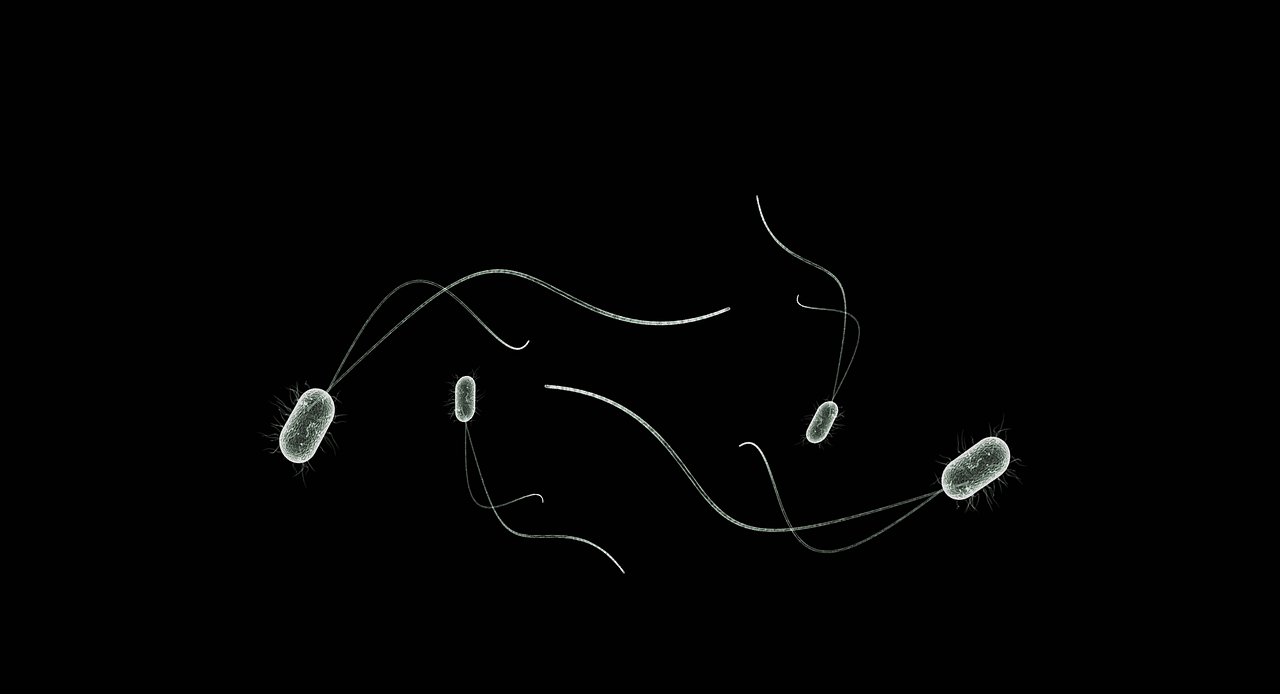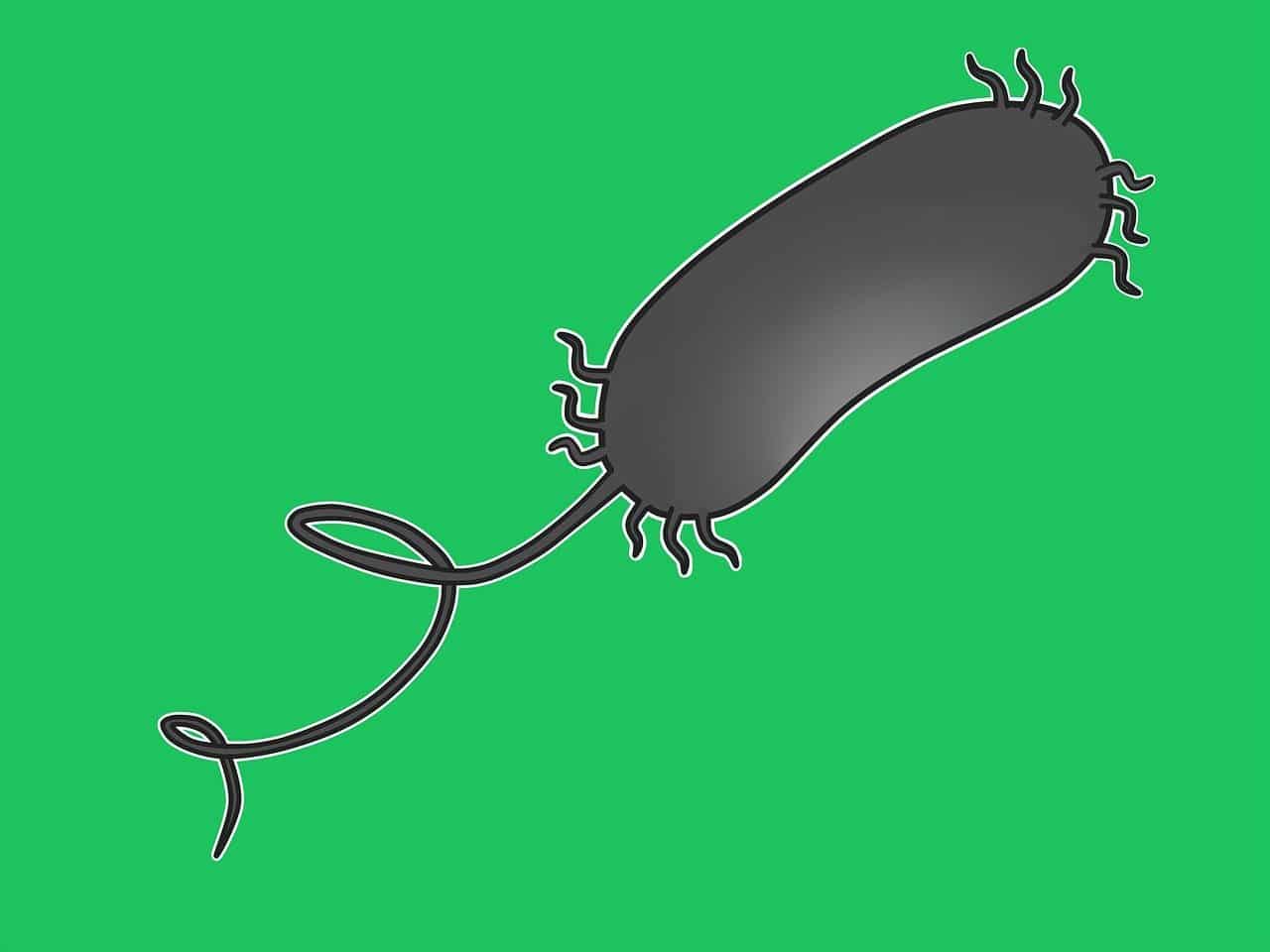
Pseudomonas are bacteria that make up the group of bacilli.
Pseudomonas are a specific genus of bacilli, made up of oxidase-positive bacteria (that is, they produce this enzyme ) and Gram-negative bacteria (since they do not acquire a bluish hue when the Gram stain is applied to them).
It should be considered that bacilli are those bacteria (microorganisms made up of a single cell) that have a rod-like appearance. Within this broad group, there are various classifications according to the characteristics of each organism, pseudomonas being one of them.
Characteristics of pseudomonads
To recognize pseudomonas, biologists pay attention to a series of particularities that, for those who are not experts in the field , are very difficult to understand. Because they exhibit very varied metabolisms, pseudomonads exist that are different from each other, a condition that further complicates their description.
These bacilli, which can move through the use of flagella , do not produce spores (reproductive cells that are characterized by their resistance and ease of dispersal in different environments). One of the most outstanding characteristics of pseudomonads is that they can be grown in vitro with relative ease, something that makes these bacteria an organism of great interest to scientists, since they can be used in various research works.

Pseudomonas aeruginosa is a human pathogen.
Its impact on the health of people, animals and plants
Pseudomonas have great resistance if they are found in high humidity environments and are capable of causing infections in the bones, blood, lungs, eyes, ears, urinary tract and heart valves. Generally, these are mild problems, although when the immune system is compromised, the consequences can be lethal . Diabetics, for example, are at especially high risk.
Among the pseudomonas that are human pathogens, Pseudomonas aeruginosa appears, which can attack people who have developed acquired immunodeficiency syndrome – AIDS – or who suffer from cystic fibrosis .
There are also pseudomonas that affect various animals and even plants . Pseudomonas syringae , to cite one case, is a bacillus of this class that is pathogenic of certain species of flora.
Treatment of pseudomonas infections
Regarding the treatment against pseudomonas infections, one of the options is the use of antibiotics; The application through injections of tobramycin or gentamicin, among other aminoglycosides, in doses of 5 mg per day stands out for its effectiveness. Other antibiotics that offer good results are the following: piperacillin, azlocillin, amikacin, ticarcillin, mezlocillin and carbenicillin. Doctors choose the one that best suits local resistance patterns .
When pseudomonas infection attacks the ear, the application of topical antibiotic drops and acetic acid is usually recommended for rapid improvement; The exception is tubule folliculitis, which generally does not require any type of treatment. For eye problems, drops are also used, this time with high concentrations of antibiotics; In some cases, the medication is injected into the eyeball directly.
These infections can also affect the toes, and to combat them it is necessary to start with acetic acid or silver nitrate and continue until you notice that they disappear completely. The use of silver sulfadiazine and mafenide is also effective.
To prevent pseudomonas infections, there are various tips. At a general level, it is recommended to lead a healthy life according to the standards promoted by health systems. On the other hand, it is also wise to avoid contact with animals that have an infection with burkholderia pseudomallei or burkholderia mallei bacteria. In addition, it is worth mentioning that public hot tubs and spas can be a source of folliculitis , so it is necessary to only go to trusted centers and, if the facilities are private, drain the bathtubs every month and clean their surface with an acid solution. .
